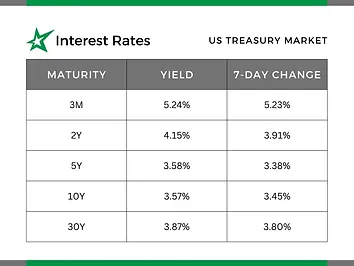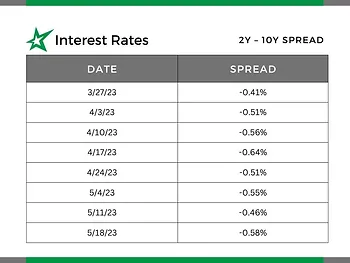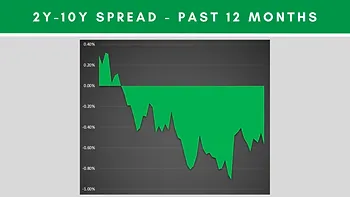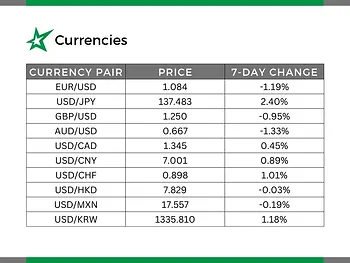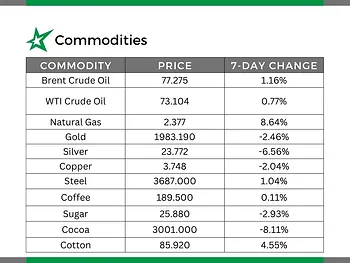Table of Contents:
- Market Moving Headlines
- Interest Rates
- Currencies
- Commodities
- Concept of the Week: Risk versus Speculation
- Quote of the Week
Market Moving Headlines: Top headline – The US Approaches Debt Limit with no Agreement in Place
- Talks between President Biden and House Speaker McCarthy to raise the debt ceiling continue as US approaches its debt limit.
- US retail sales rise 0.4% in April 2023 versus expected 0.7%
- Corn drops to 18-month low on Russian grain deal.
- US housing starts to rise unexpectedly.
- Mortgage applications decreased 5.7% in US for week ended May 12 2023.
- Eurozone April inflation rate confirmed at 7%.
- Cotton rises to near 1-month high.
- Cocoa eases from near 7-1/2 year highs.
- Arabica coffee approaches 6-month high.
Interest Rates
Currencies
Commodities
Concept of the Week: Hedging Foreign Currency Risk
Companies engage in foreign currency hedging to mitigate the impact of exchange rate movements on various financial transactions, investments, or business operations. The objective is to reduce or eliminate the potential adverse effect of currency volatility on financial performance.
There are several common types of foreign currency hedging techniques:
- Forward Contracts: These are agreements to buy or sell a specific amount of foreign currency at a predetermined exchange rate on a future date. These contracts allow companies to lock in at a known exchange rate, providing certainty in future transactions.
- Currency Options: Currency options provide the holder with the right, but not the obligation, to buy (call option) or sell (put option) a specific amount of foreign currency at a predetermined exchange rate within a specified period. Options provide flexibility, allowing companies to benefit from favorable currency movements while limiting adverse currency movements.
- Currency Swaps: Currency swaps involve two legs – a pay leg and a receive leg. Currency swaps enable entities to exchange of principal and interest payments in different currencies between two parties. They allow companies to obtain the desired currency exposure by swapping cashflows, thereby mitigating exchange rate risk.
- Natural Hedging: Natural hedging occurs when a company’s foreign currency inflows and outflows naturally offset each other. For example, a multinational corporation with sales and expenses in different currencies may experience a partial hedge due to the natural offsetting effect of these transactions.
Foreign currency hedging strategies are diverse and depend on factors such as the nature of the exposure, risk appetite, market conditions, and regulatory requirements. Organizations often seek guidance from professionals to develop and implement appropriate hedging strategies tailored to their specific circumstances.
Quote of the Week
“The first step in risk management is to acknowledge the reality of risk. Denial is a common tactic that substitutes deliberate ignorance with thoughtful planning.” – Charles Tremper
Don’t want to miss any updates? Subscribe to our mailing list, by emailing: marketing@hedgestar.com
Author: John Trefethen, Director and Co-Founder
Mobile: 612-868-6013
Office: 952-746-6040
Email: jtrefethen@hedgestar.com
HedgeStar Media Contact:
Megan Roth, Marketing Manager
Office: 952-746-6056
Email: mroth@hedgestar.com
Check out our services:



